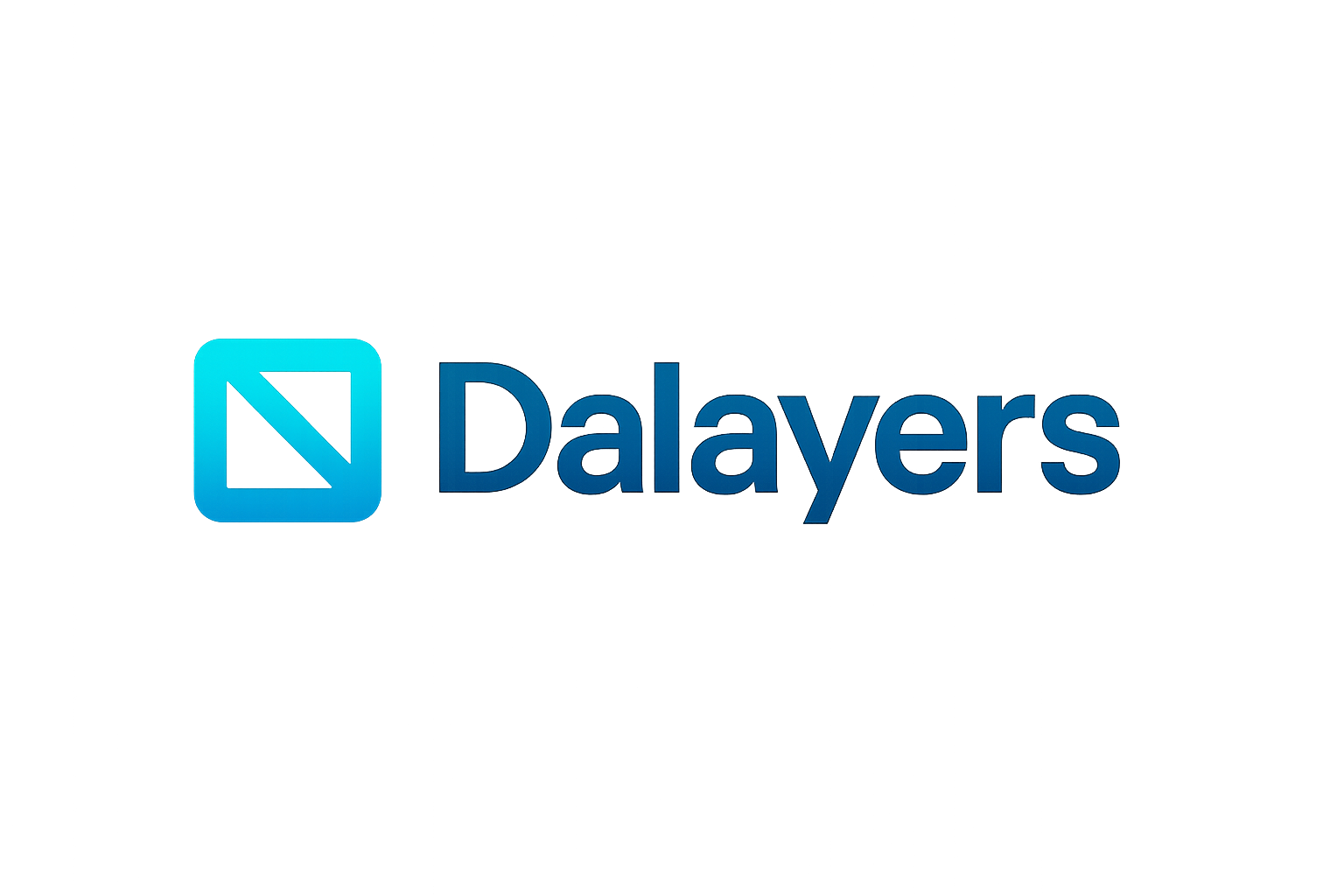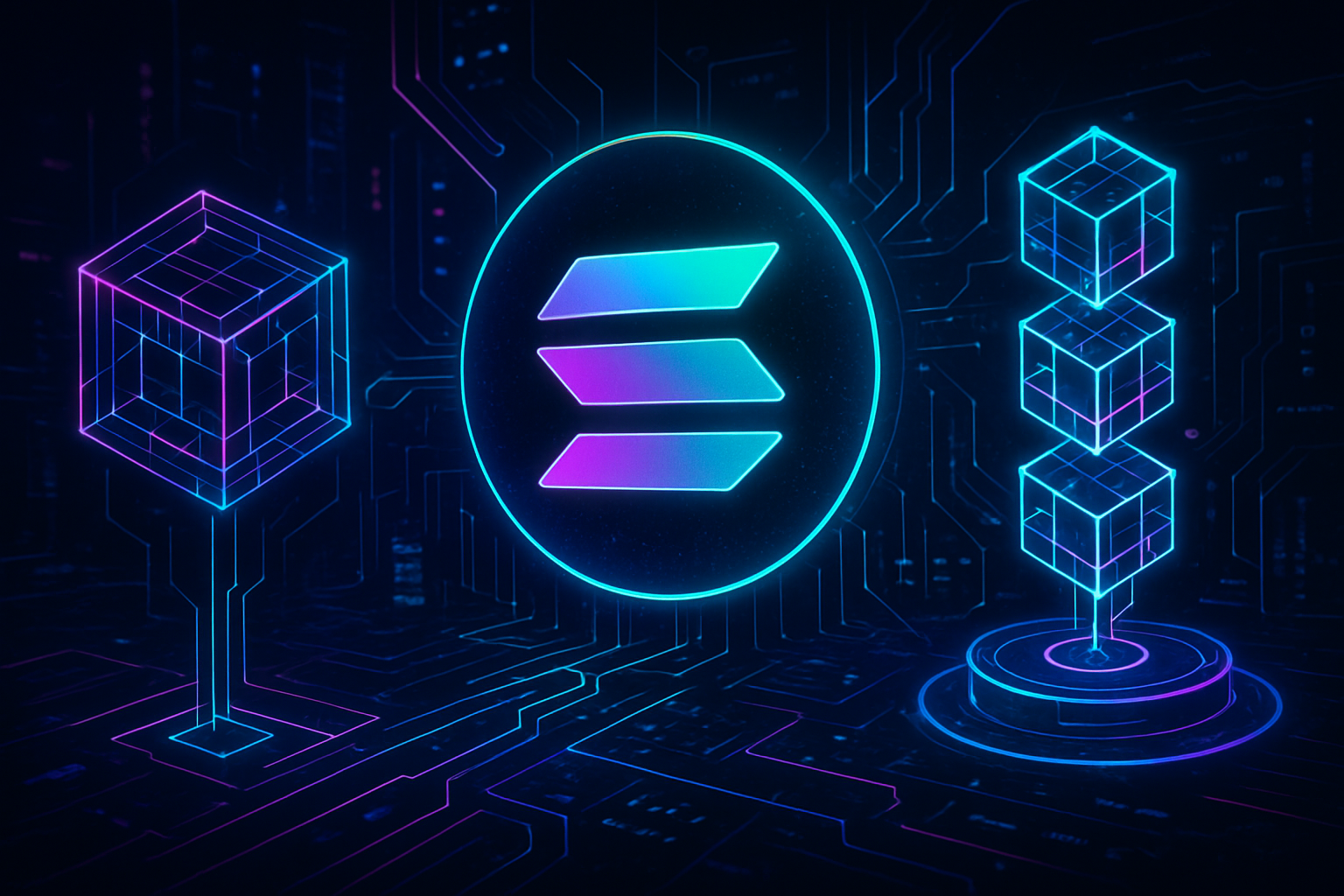
Blockchain scalability has long been a bottleneck for mass adoption, especially as real-time applications and high-performance DeFi protocols demand both speed and composability. Enter ephemeral rollups: a breakthrough that leverages Solana’s data availability (DA) prowess to deliver elastic, on-demand scaling without the overhead of traditional layer-2s or fragmented liquidity. With Solana currently trading at $217.98, this ecosystem is not just maintaining price momentum but also pioneering technical innovation that could redefine how blockchains scale in practice.

What Makes Ephemeral Rollups a Game Changer?
Unlike conventional rollups that persist as separate chains or require cumbersome bridges, ephemeral rollups are temporary, high-performance execution environments. They can be spun up on-demand to process bursts of transactions, then seamlessly merge state back into Solana’s mainnet. This is possible because ephemeral rollups clone accounts and programs from Solana via Just-In-Time (JIT) SVM instances, effectively running parallel to the base chain and settling results directly back to it.
This architecture has several profound implications:
- No new tokens or bridges: Ephemeral rollups use native SVM bytecode, preserving access to Solana’s deep liquidity and composability.
- Ultra-low latency: End-to-end latencies can drop below 50ms globally, unlocking real-time experiences for gaming, trading, and adaptive DeFi.
- Horizontal elasticity: Developers can spin up multiple ephemeral environments as needed, scaling resources dynamically rather than being locked into static throughput limits.
The result is an execution model that feels serverless but remains fully on-chain, an elegant answer to the blockchain trilemma of decentralization, security, and scalability.
Solana as the Data Availability Anchor
The lynchpin in this architecture is Solana’s role as a DA layer. Instead of outsourcing data availability to external providers or consensus committees, ephemeral rollups leverage Solana’s high-throughput ledger for verifiable transaction publishing. Every transaction processed within an ephemeral rollup is ultimately committed to Solana’s DA layer, ensuring that state transitions are transparent and reconstructible by anyone running a node. This approach not only streamlines composability but also addresses one of modular blockchain’s most persistent pain points: reliable data availability without introducing new trust assumptions.
This design is particularly impactful given Solana’s unique account-based model where all user data, including program state, is encapsulated within accounts. By anchoring ephemeral execution environments to this robust DA substrate, developers avoid the fragmentation seen in other ecosystems while retaining full access to existing smart contracts and liquidity pools. For more technical insight into this architecture, see Bullet Network’s documentation.
Pushing Boundaries: Real-Time Performance Meets Elastic Scalability
The true promise of ephemeral rollups lies at the intersection of performance and flexibility. For use cases like blockchain gaming or high-frequency DeFi protocols, where milliseconds matter, being able to achieve sub-50ms global latency is transformative. MagicBlock’s open-sourced validator technology demonstrates how non-voting SVM runtimes can process arbitrary account updates in parallel with mainnet validators before settling back into the canonical chain state (see their technical breakdown here). This means developers no longer have to choose between centralized servers for speed or decentralized ledgers for trust, they can have both.
The economic impact is equally compelling: by elastically allocating compute resources based on real-time demand, networks avoid overprovisioning while still being able to absorb sudden spikes in activity, a critical feature for adaptive DeFi platforms and composable gaming experiences alike.
Key Advantages of Ephemeral Rollups with Solana’s DA Layer
-
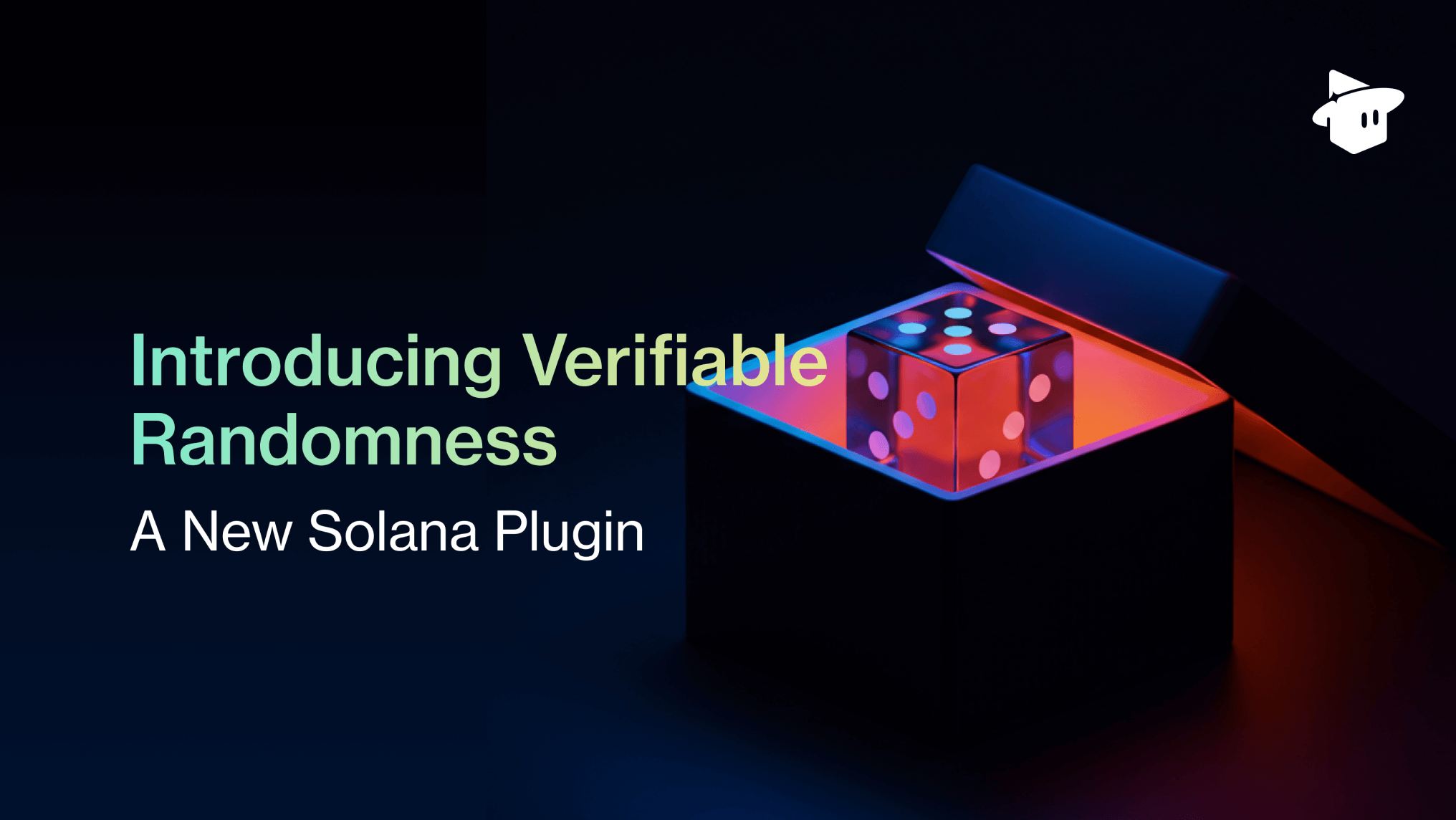
Ultra-Low Latency for Real-Time Applications: Ephemeral rollups deliver end-to-end response times as low as 30 milliseconds, enabling high-performance use cases such as gaming and financial services that require instant interactions. (Solana Compass)
-

Elastic, On-Demand Scalability: Developers can spin up ephemeral rollup instances as needed, scaling horizontally to meet application demand and optimizing resource use without over-provisioning. (Solana Compass)
-
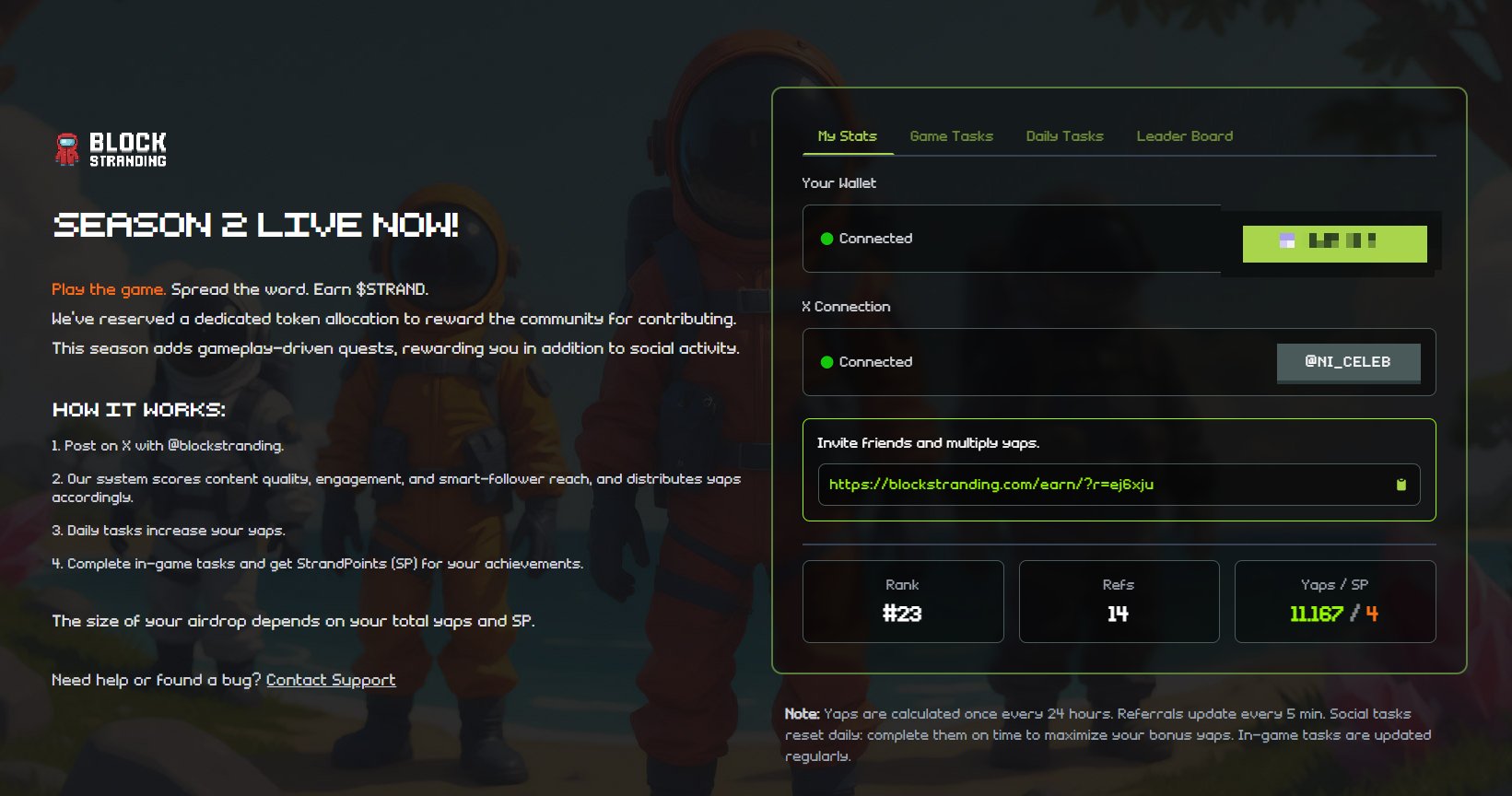
Seamless Composability with Solana Ecosystem: Ephemeral rollups maintain full compatibility with existing Solana smart contracts, allowing developers to leverage the entire ecosystem without bridges or new tokens. (Solana Compass)
-
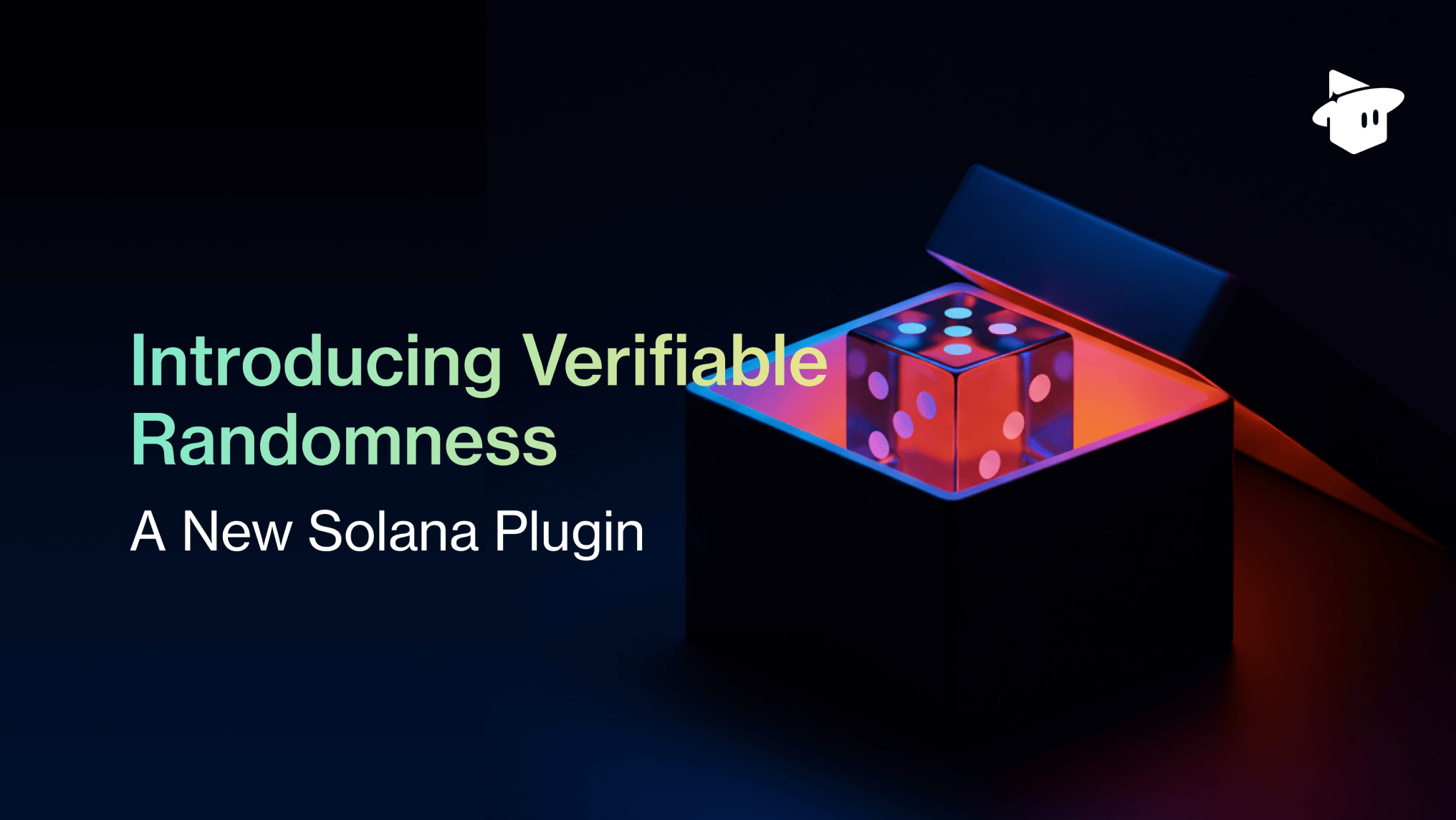
Robust Data Availability and Integrity: By anchoring to Solana’s high-throughput DA layer, all transaction data is published and verifiable, ensuring transparency and enabling independent state reconstruction. (Bullet Docs)
-
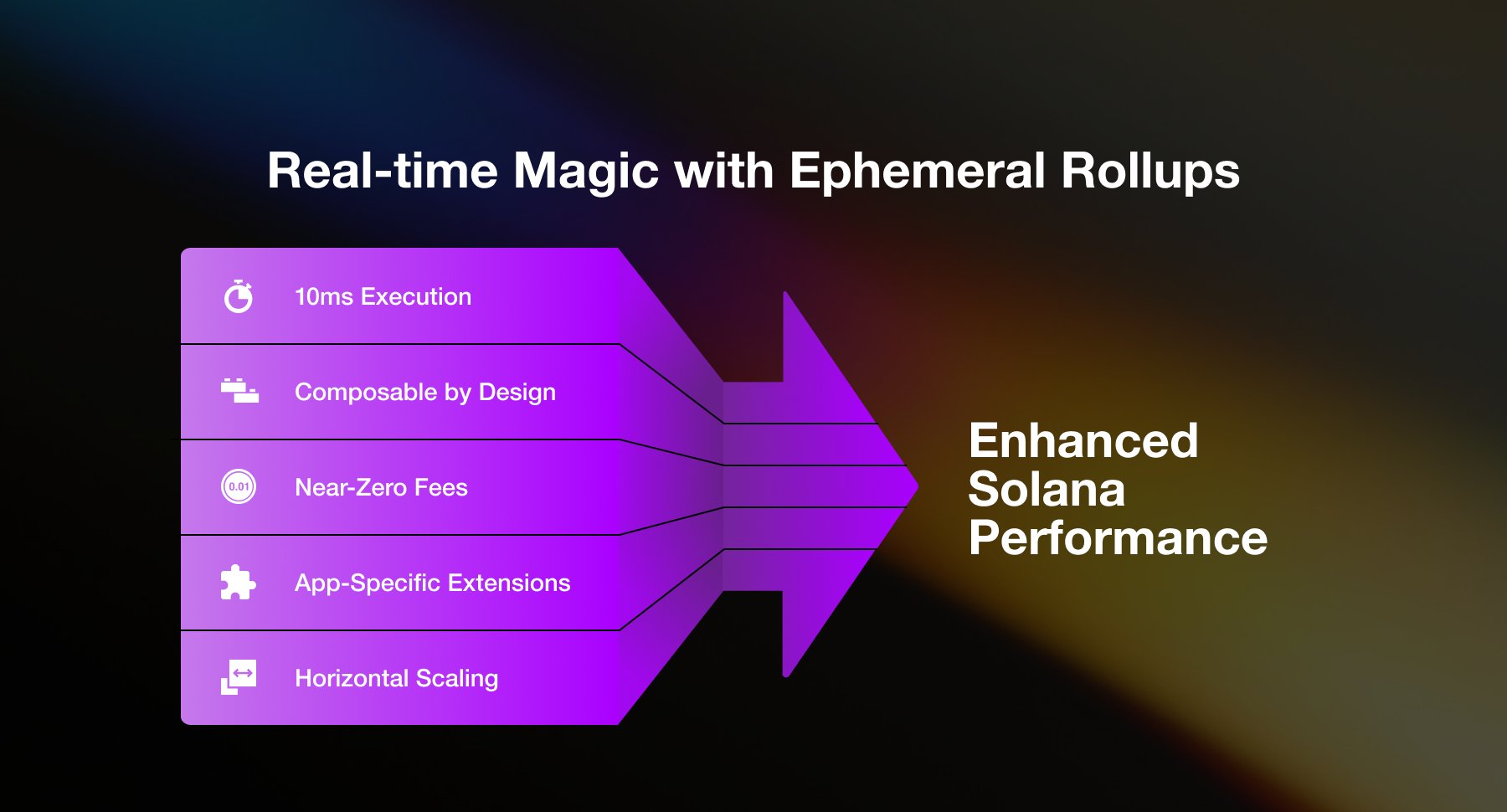
Reduced Architectural Complexity: Leveraging Solana as the data availability layer eliminates the need for external networks or bridges, streamlining development and reducing potential points of failure. (MagicBlock Blog)
As the modular blockchain landscape evolves, ephemeral rollups are setting a new benchmark for what’s possible in both developer experience and end-user performance. The ephemeral validator model pioneered by MagicBlock, for instance, enables entire game servers or DeFi logic to run as Solana-native programs, executed on temporary SVM runtimes that can be spun up or down in response to real-world demand. This “elastic execution environment” is fundamentally different from static scaling solutions, offering a level of adaptability that’s crucial for next-generation on-chain applications.
What’s striking is how this approach sidesteps the pitfalls of traditional L2 scaling. There are no fragmented liquidity pools, no need for cross-chain bridges, and no additional tokens diluting economic security. Instead, every ephemeral rollup instance remains fully composable with the broader Solana ecosystem, meaning assets and logic can flow seamlessly between mainnet and rollup environments without friction or added risk. This is composability in its purest form: real-time, secure, and natively interoperable.
The implications for application builders are profound. Imagine a blockchain game that needs to handle tens of thousands of concurrent players during a tournament: developers can provision ephemeral rollups just for the event window, ensuring low-latency state updates and fair play without ever leaving the safety net of Solana’s DA guarantees. When the event ends, those resources wind down automatically, no stranded chains or orphaned assets left behind.
Market Momentum: SOL at $217.98 Powers Innovation
The current price action underscores market conviction in Solana’s architectural direction. With SOL trading at $217.98, investor confidence appears closely tied to these technical advances, not just speculative hype. As more dApps adopt ephemeral rollups for scalable execution and verifiable data availability, demand for blockspace (and thus SOL itself) could see sustained upward pressure.
This isn’t just about raw throughput; it’s about unlocking whole new classes of applications that were previously impossible on decentralized rails. High-frequency trading bots with millisecond response times, adaptive DeFi protocols that elastically adjust collateralization parameters in real time, or even social platforms where every interaction is instantly verifiable yet globally accessible, the design space is wide open.
Key Use Cases Enabled by Ephemeral Rollups on Solana
-

Real-Time On-Chain Gaming: Ephemeral rollups, pioneered by MagicBlock, enable massively multiplayer online games to run fully on-chain with response times as low as 30 milliseconds. This allows for seamless, interactive gameplay without relying on centralized servers, while leveraging Solana’s high throughput for settlement.
-
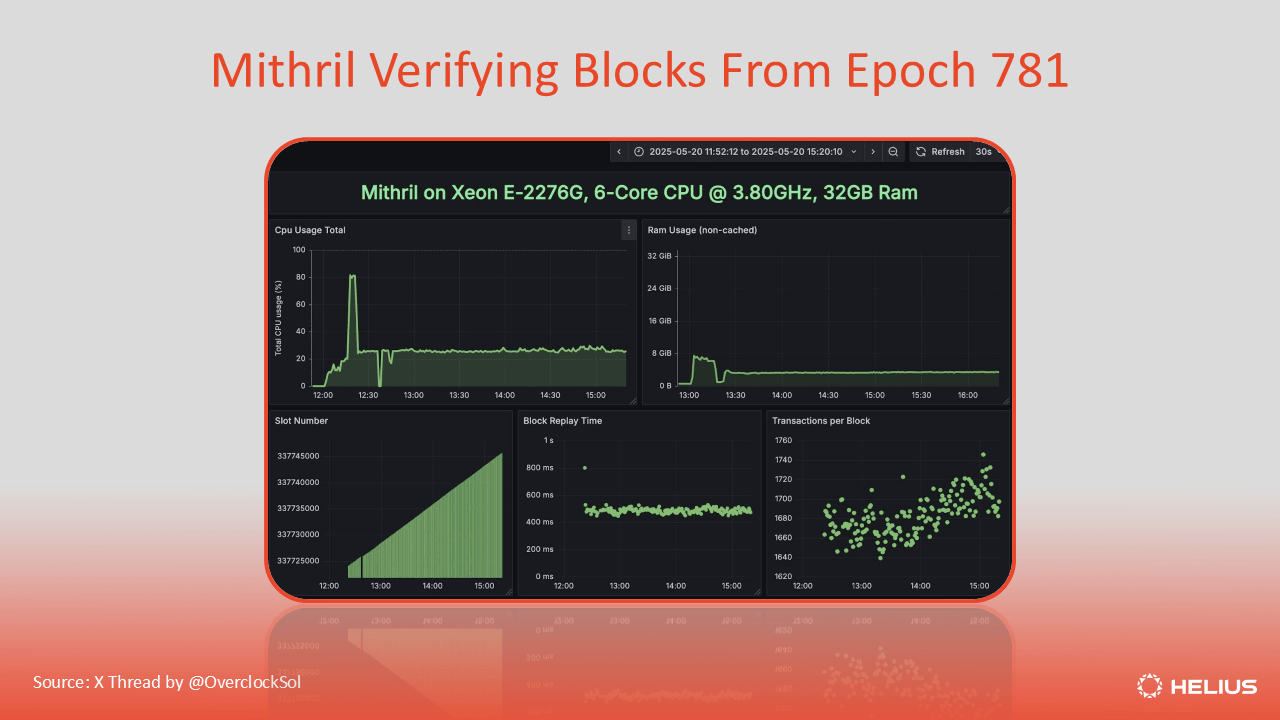
High-Frequency DeFi Applications: By using Solana as a data availability anchor, ephemeral rollups allow decentralized exchanges and trading protocols to process thousands of transactions per second with sub-50ms latency, unlocking new possibilities for real-time order books and liquid markets on-chain.
-
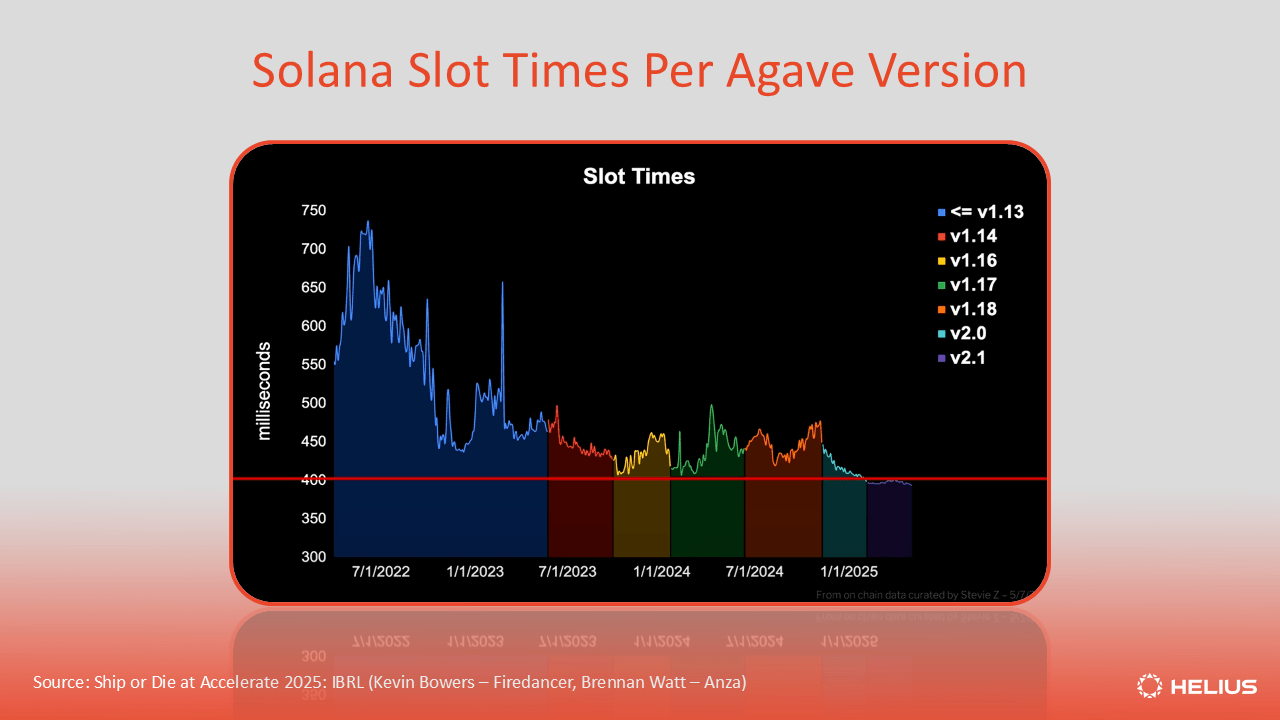
Scalable NFT Marketplaces: Ephemeral rollups enable NFT platforms to handle high-velocity minting, trading, and auction events without congestion. This supports dynamic NFT experiences and large-scale drops, all while maintaining composability with the broader Solana ecosystem.
-
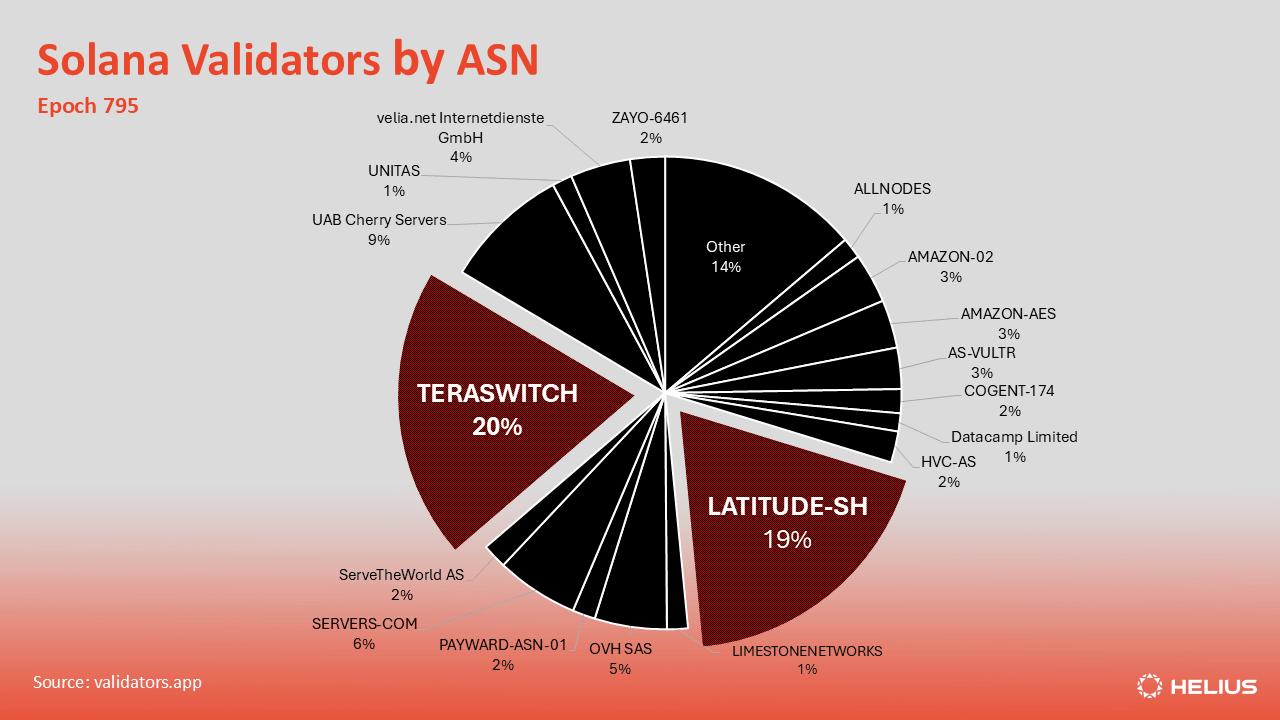
Decentralized Social Networks: Real-time feeds, messaging, and content updates become possible on-chain, as ephemeral rollups provide elastic scalability and instant state updates, ensuring a user experience comparable to traditional Web2 platforms.
-
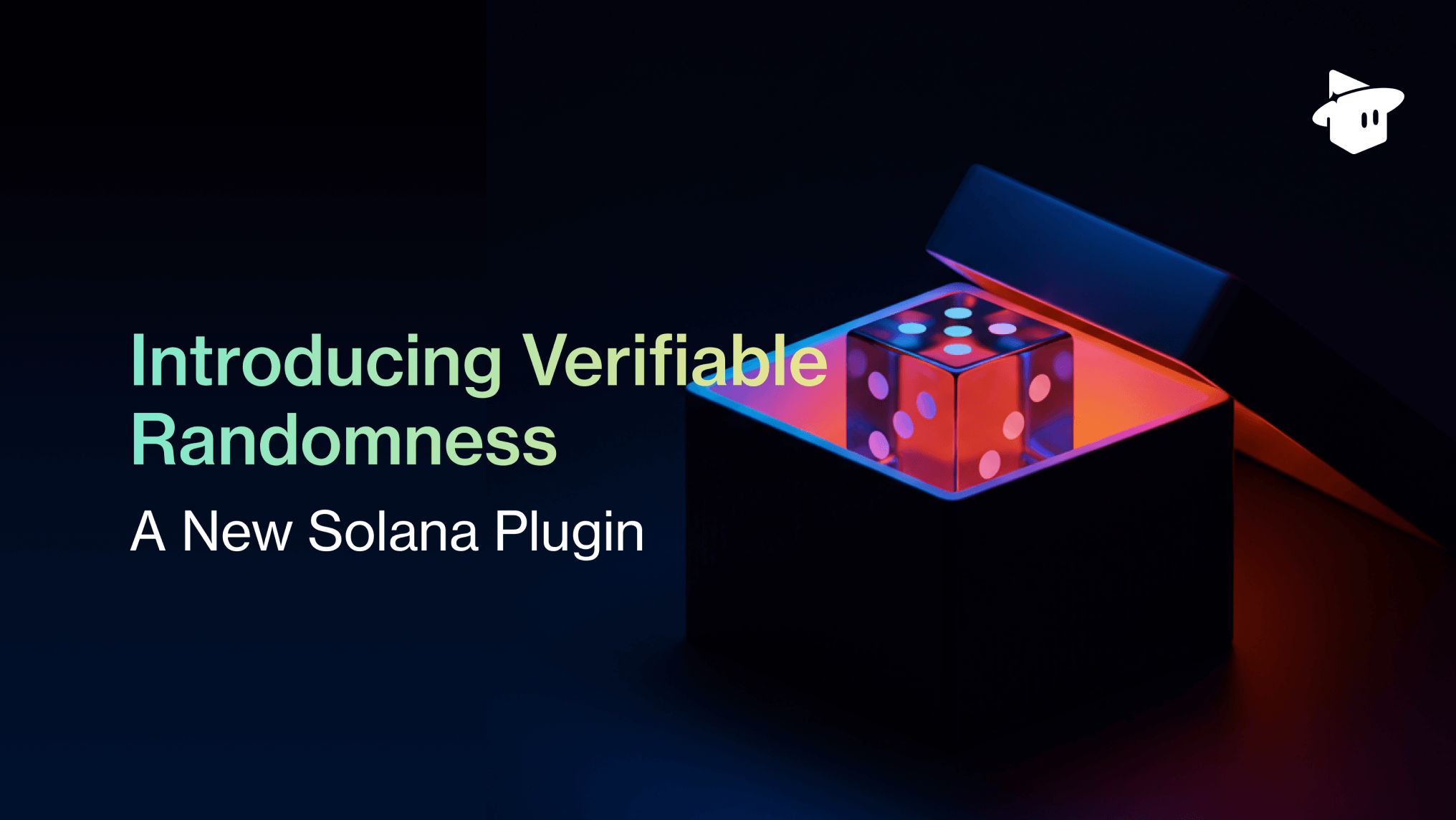
On-Chain Collaborative Applications: Platforms for collaborative editing, multiplayer productivity tools, or shared virtual spaces can leverage ephemeral rollups for instant state synchronization and verifiable data integrity, all anchored to Solana’s ledger.
Strategic Outlook: The Path Forward for Modular Blockchain Architecture
Ephemeral rollups represent more than a technical upgrade, they’re a philosophical shift toward modular blockchain architecture. By decoupling execution from consensus and leveraging Solana as a high-performance DA anchor, developers gain both flexibility and security without compromise.
Expect further innovation as open-source tooling matures and more teams experiment with elastic execution models. For those building at the frontier, whether in gaming, adaptive DeFi, or beyond, the message is clear: the future belongs to architectures that can scale elastically while remaining trust-minimized. With ephemeral rollups and Solana leading the charge at $217.98 per SOL, the next wave of decentralized applications won’t just keep pace with Web2, they’ll redefine what’s possible entirely.
